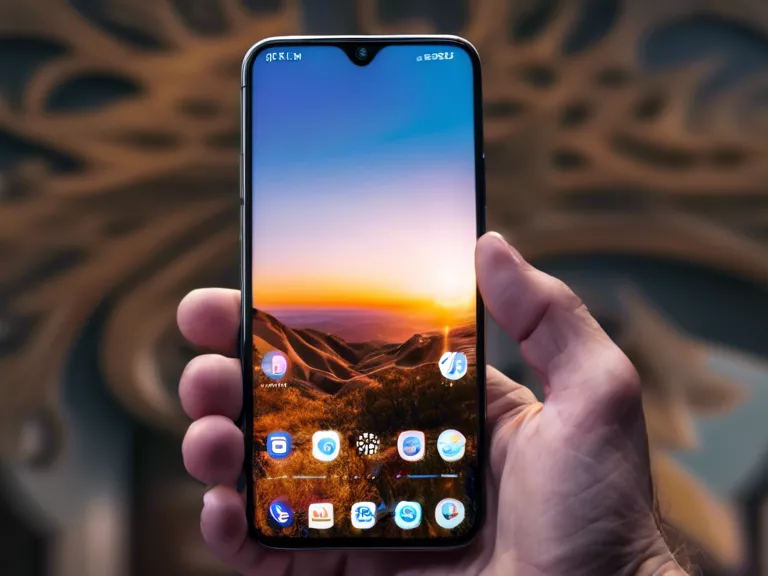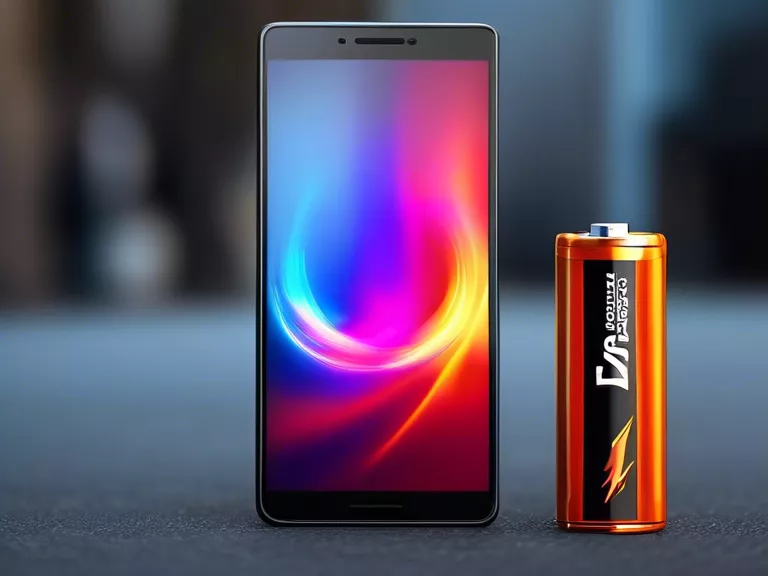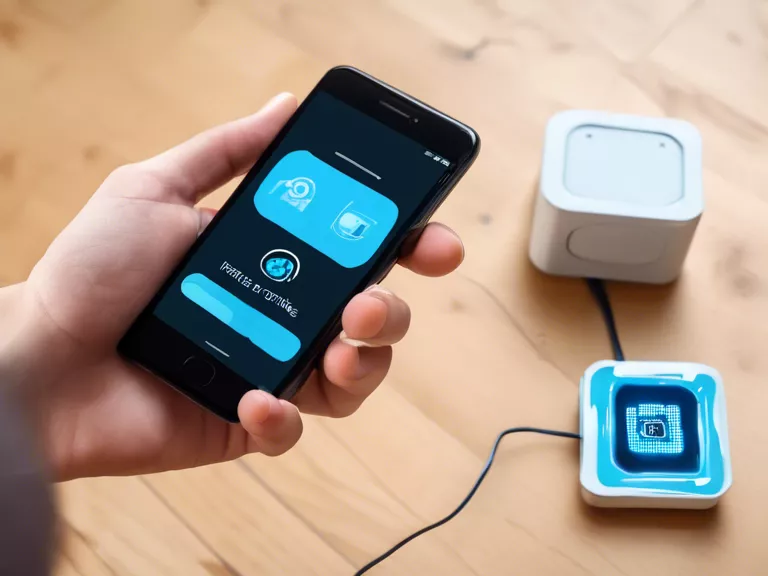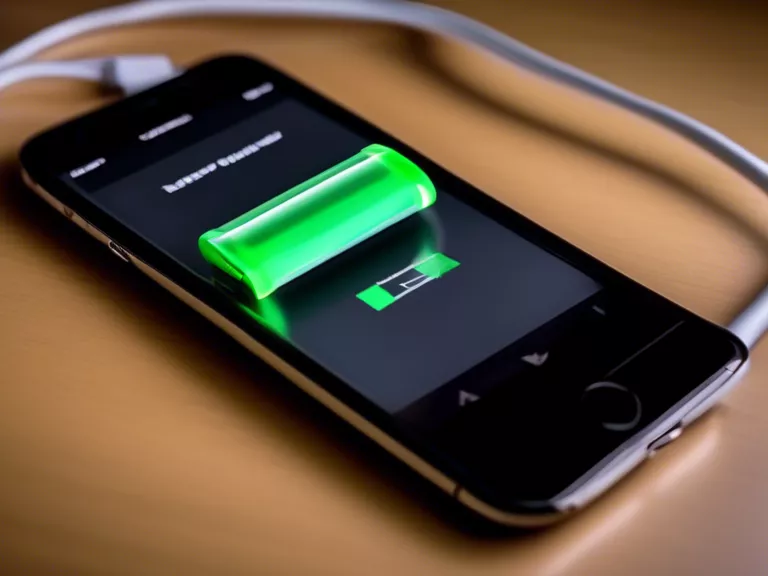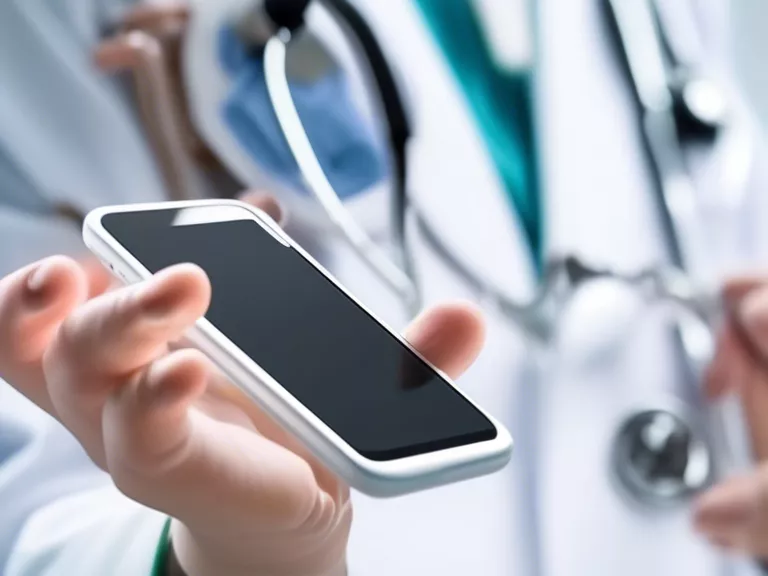
With the increasing prevalence of smartphones, healthcare providers are utilizing them to remotely monitor patient data. From tracking medication adherence to monitoring vitals, smartphones are revolutionizing the way healthcare is delivered. This article explores how smartphones are being used in healthcare for monitoring patient data remotely.
One of the key ways smartphones are being utilized in healthcare is through the use of mobile health applications. These apps allow patients to input their data, such as blood pressure readings or glucose levels, directly into their smartphones. This information can then be securely transmitted to their healthcare providers in real-time, allowing for more timely interventions when necessary.
Another way smartphones are being used in healthcare is through wearable technology. Devices such as smartwatches or fitness trackers can collect a variety of data, including heart rate, sleep patterns, and activity levels. This data can be synced to a patient's smartphone and shared with healthcare providers, giving them a more comprehensive view of the patient's health over time.
Telemedicine is another area where smartphones are making an impact on healthcare. Through video conferencing apps, patients can have virtual appointments with their healthcare providers without having to leave their homes. This not only saves time and money for patients but also allows for more frequent monitoring of chronic conditions.
Remote patient monitoring is a growing trend in healthcare, and smartphones are at the forefront of this movement. By enabling patients to track their health data and share it with their providers in real-time, smartphones are helping to improve patient outcomes and reduce healthcare costs. As technology continues to advance, the role of smartphones in healthcare will only continue to expand.
